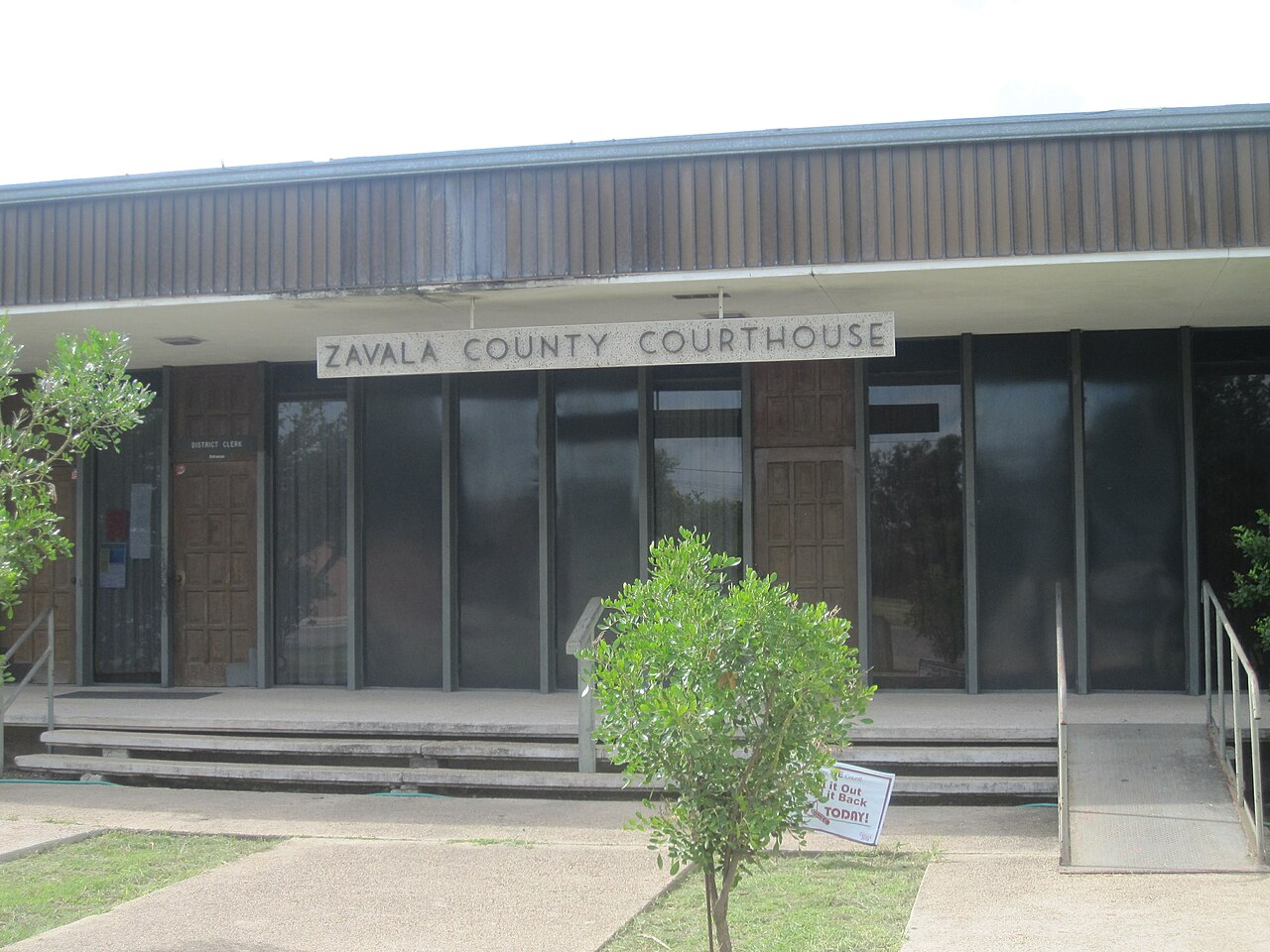Top Reasons why people get bankrupt in Houston
One of the problems that are keeping major strategists and Houston bankruptcy lawyers awake at night is the alarming frequency at which the people of Houston are filing bankruptcies. They do not want Houston, and Texas at large to be another Detroit. The root cause of the bankruptcies seems to have evaded most policy makers. However, it is the lack of planning simple things that really make people get bankrupt so quickly. Below are some of these things.
Medical costs
If you have been the sole bread winner and you suddenly suffer an accident, then your family will be unable to cater for the credit card expenses, house mortgage, utility bills etc. To compound the problem further, you will need additional medical cover. Your Houston bankruptcy lawyer will no doubt contact your family in due course advising you to file for bankruptcy. But how can you solve this problem? It is simple really, take a serious medical cover package. Failing to have a good medical insurance scheme that foresees the likeliness of the sole bread winner being unable to do his duties is courting bankruptcy. A comprehensive medical over will not only cover your loss of income but also your medical expenses.
Unemployment
The average American lives on debt. The average Houston resident is an American. This goes on to say that if the average Houston lost a job, he would be filing for bankruptcy in less than six months. Whatever happened to the American culture of saving? What about living within one’s means? A Houston bankruptcy lawyer will tell you that 90% of his bankruptcy cases are made of people living beyond their means, only for them to lose their jobs unexpectedly and hence become unable to pay off their credit card debts. Solution to this problem is simple. Save for the rainy day. Seek investment avenues which you can rely on as additional income sources such that should you lose your job, you will not file for bankruptcy but get additional time to take your investments to the next level. Consumerism is what will finally bring down the American economy…and yes, everybody knows it is what made it what it is today, but hard times call for hard decisions.
Divorce
A sudden doubling of expenses is bound to take a toll on one’s finances. You find that now you have to pay for two apartments and double utility bills. In addition the divorce court might have ordered you to pay child and spouse support. This makes it very hard for a person with a small income. A Houston bankruptcy lawyer will help you utilize the existing legal loopholes to protect yourself. The only solution to this problem is getting a g good lawyer during your divorce proceedings to negotiate for you a better deal.
Acts of God
When acts of God are mentioned, hurricane Katrina comes to mind. In such cases, you find yourself having unplanned expenses that take a toll on your budget. This may include new accommodation expenses, hospital bills, relocation costs and many others. Unforeseen expenses have the net effect of throwing your finances into headwinds and you will more likely than not file for bankruptcy.
Please visit our website for more information about us and bankruptcy.
Call us today at (713) 974-1151 to schedule a no-obligation consultation or feel free to email us at [email protected].
[paypal-donation]













